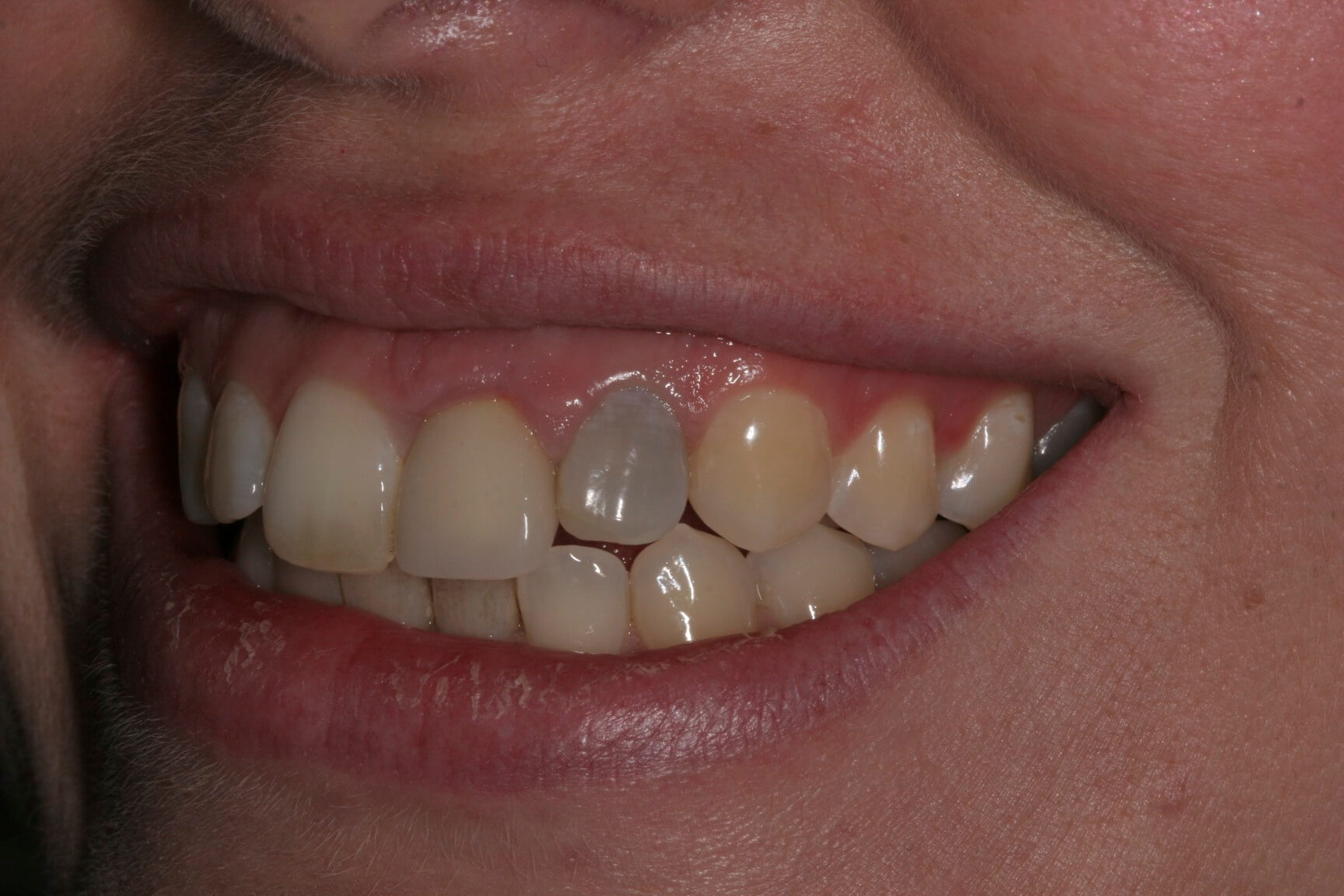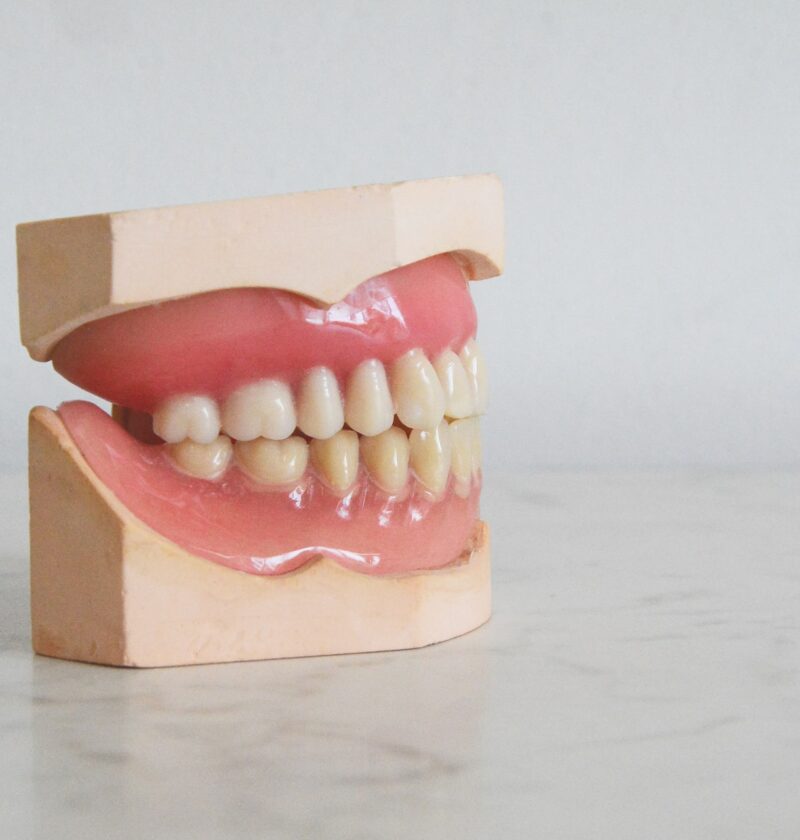A Journey of Smiles: Understanding Discoloration
Every smile tells a story, and the color of our teeth plays a significant role in shaping that narrative. Whether it’s the vibrant white of youth or the mellowed hues of experience, our teeth are a testament to our past and present. However, over time, the relentless march of nature and our daily habits can cast a shadow over our pearly whites, leaving us with discoloration that can dim our smile.

Image: analiticaderetail.com
Discoloration, also known as tooth staining, can occur for various reasons, including:
- Age: Enamel, the protective layer on our teeth, naturally wears down with age, exposing the yellowish dentin layer beneath.
- Diet: Certain foods and beverages, such as coffee, red wine, and tea, contain compounds that can stain teeth.
- Habits: Smoking tobacco can cause severe discoloration, as can excessive use of mouthwash containing chlorhexidine.
- Medical Conditions: Some medications, such as tetracycline, can cause teeth to develop yellow or gray hues.
- Trauma: Injuries to the tooth can disrupt blood flow, leading to internal discoloration.
Navigating the Maze of Treatment Options
While discoloration can be an unwelcome guest in our mouths, there is no shortage of measures we can take to restore our teeth to their former glory. From simple home remedies to professional treatments, there’s a solution tailored to every smile.
1. Over-the-Counter Solutions: A Convenient First Step
Over-the-counter teeth whitening products, such as whitening toothpastes and gels, offer a convenient and inexpensive way to combat minor discoloration. These products typically contain mild abrasives or bleaching agents that can help remove surface stains. While they may not be as effective as professional treatments, they can provide noticeable results for those with less severe discoloration.
2. Professional Teeth Whitening: A Brighter Future
Professional teeth whitening procedures deliver unparalleled results in the battle against stubborn discoloration. Dentists employ various techniques, including:
- In-office treatment: This involves applying a high-concentration bleaching gel to the teeth under a special light, resulting in dramatic whitening in a single visit.
- At-home treatment: Custom-made trays and a professional bleaching gel allow patients to whiten their teeth gradually over the course of several weeks.

Image: angelagallo.com
3. Enamel Microabrasion: The Art of Fading Stains
Enamel microabrasion is a minimally invasive procedure that involves using a mild abrasive paste to gently remove the discolored outer layer of enamel. This technique is particularly effective for superficial stains and intrinsic discoloration caused by certain medications.
4. Dental Veneers and Crowns: Concealing Imperfections
For more severe discoloration or structural issues, dental veneers or crowns may offer a more comprehensive solution. Veneers are thin porcelain shells that are bonded to the front of teeth, covering imperfections and discoloration. Crowns, on the other hand, are caps that cover the entire tooth, restoring its shape, size, and color.
How To Fix Teeth Discoloration
Prevention: The Foundation of a Gleaming Smile
While discoloration can be inevitable, certain practices can help prevent and minimize future stains:
- Regular Brushing and Flossing: Removing plaque and bacteria from our teeth helps prevent stains from setting in.
- Water, Our Teeth’s Best Friend: Staying hydrated dilutes staining compounds in food and beverages.
- Straws, Our Secret Ally: Using straws can help prevent staining liquids from reaching our teeth.
- Limiting Indulgences: Enjoying coffee, red wine, and other staining substances in moderation can help keep discoloration at bay.